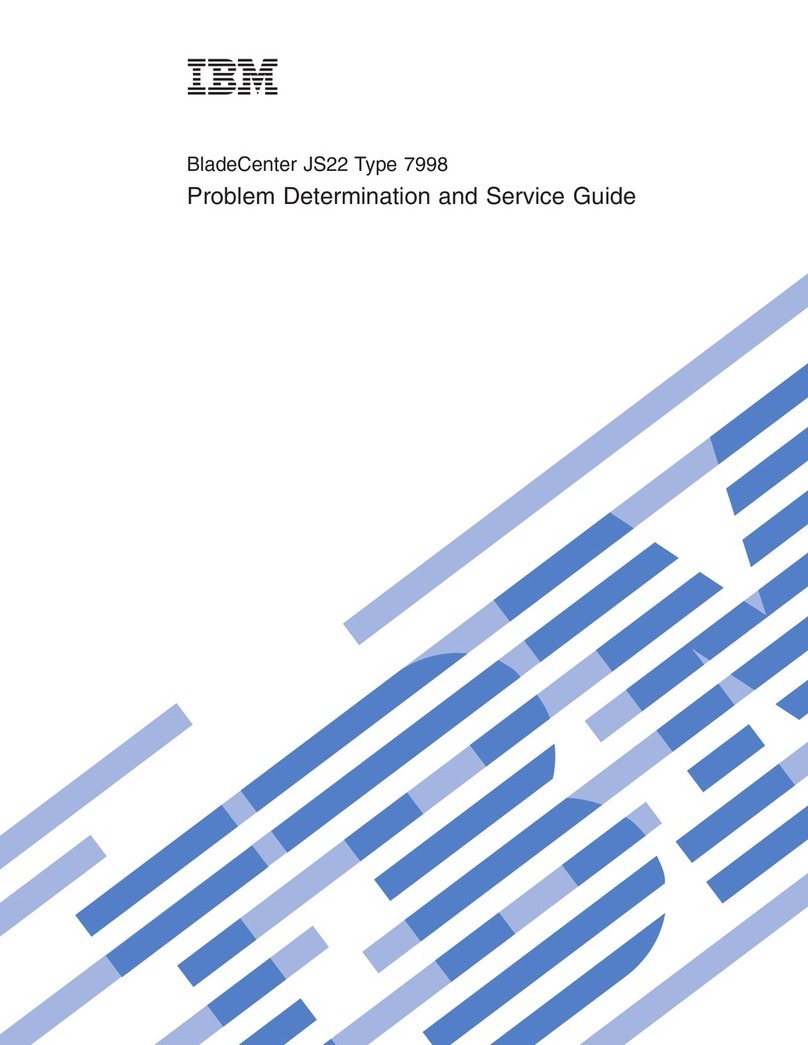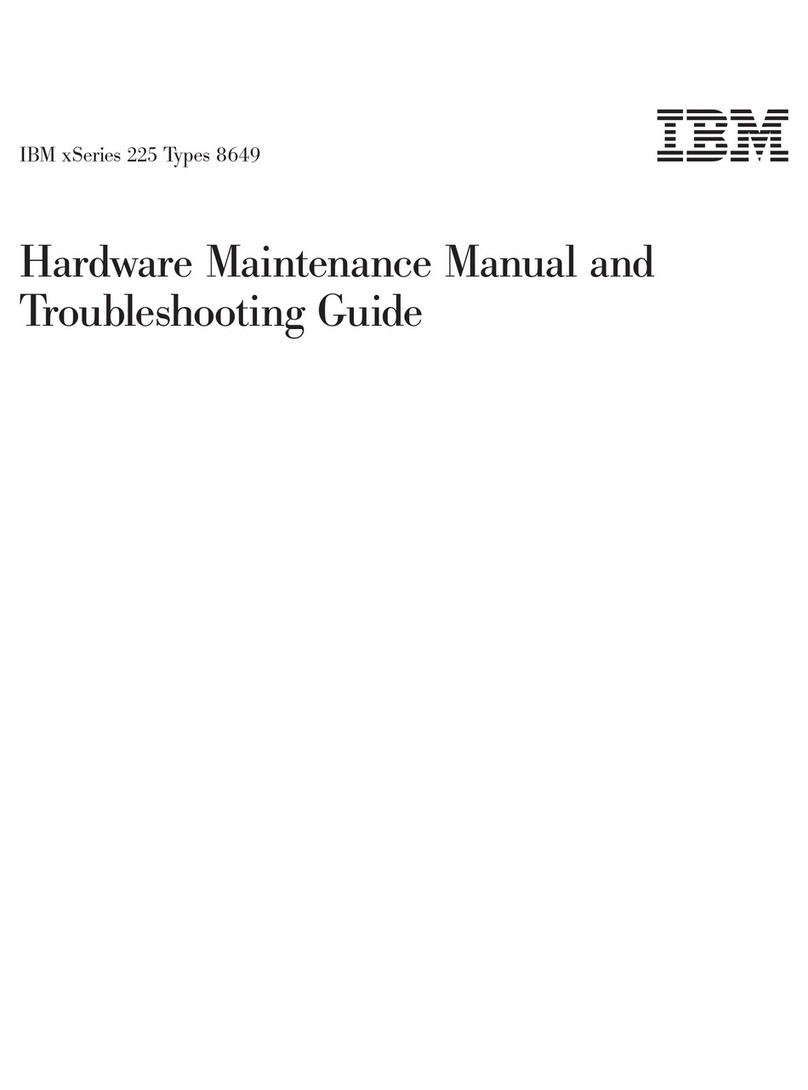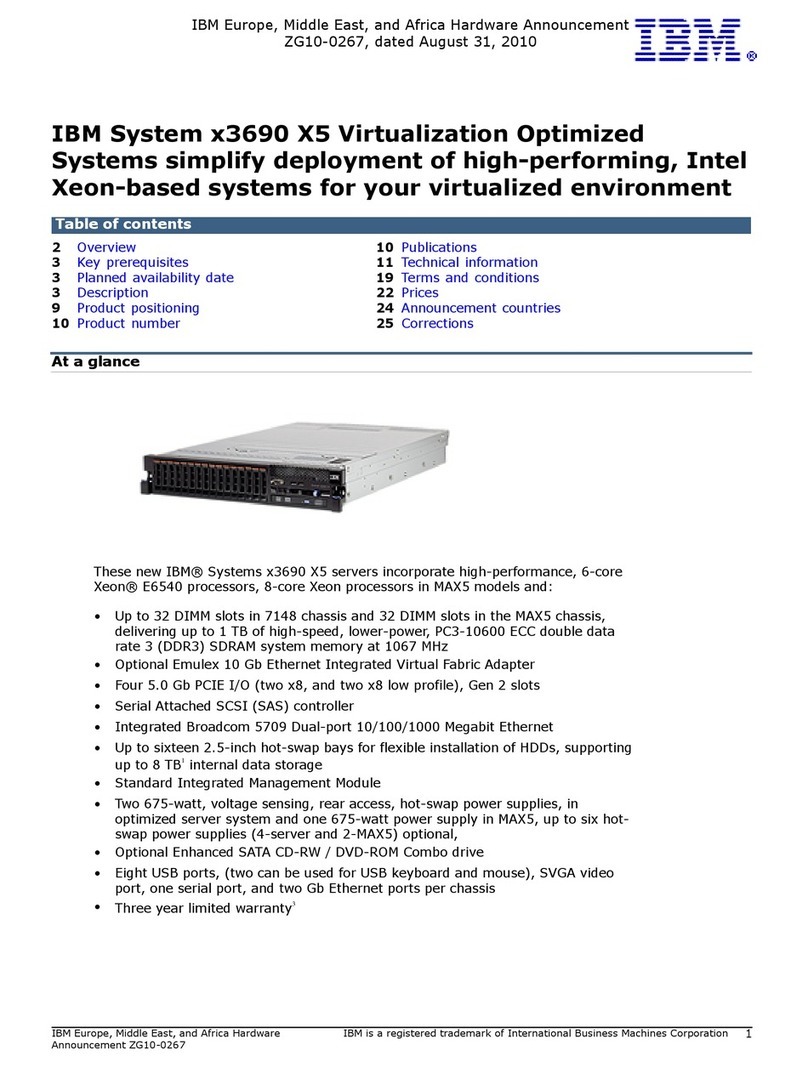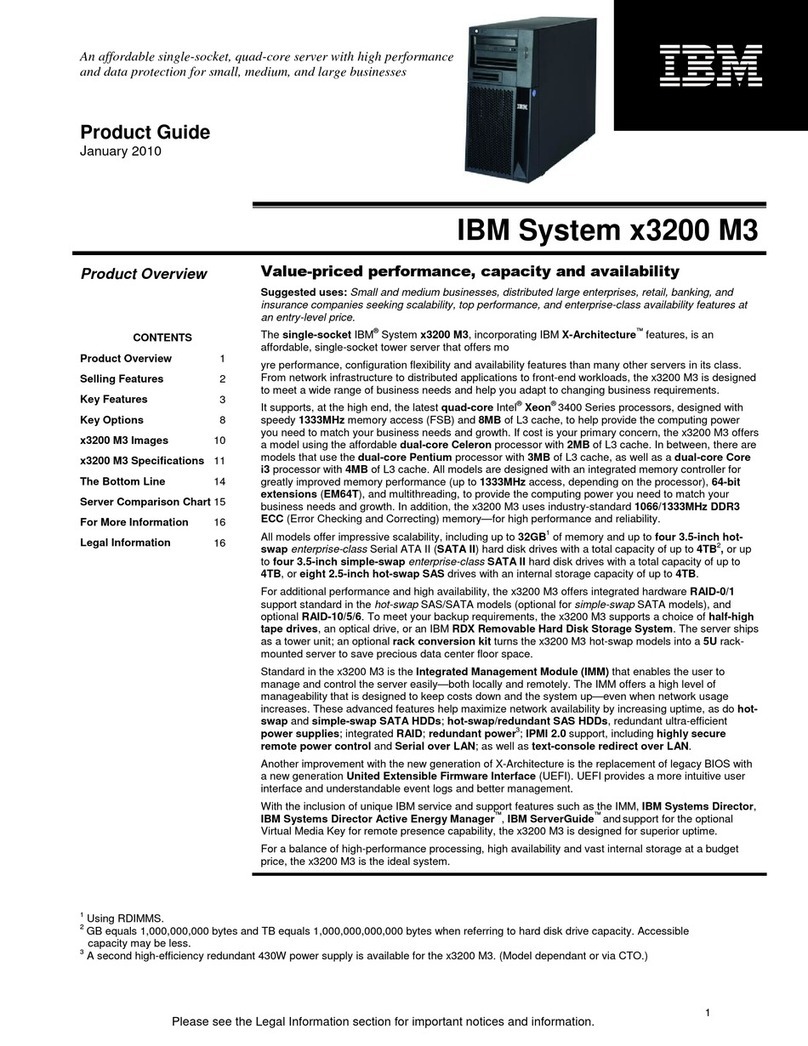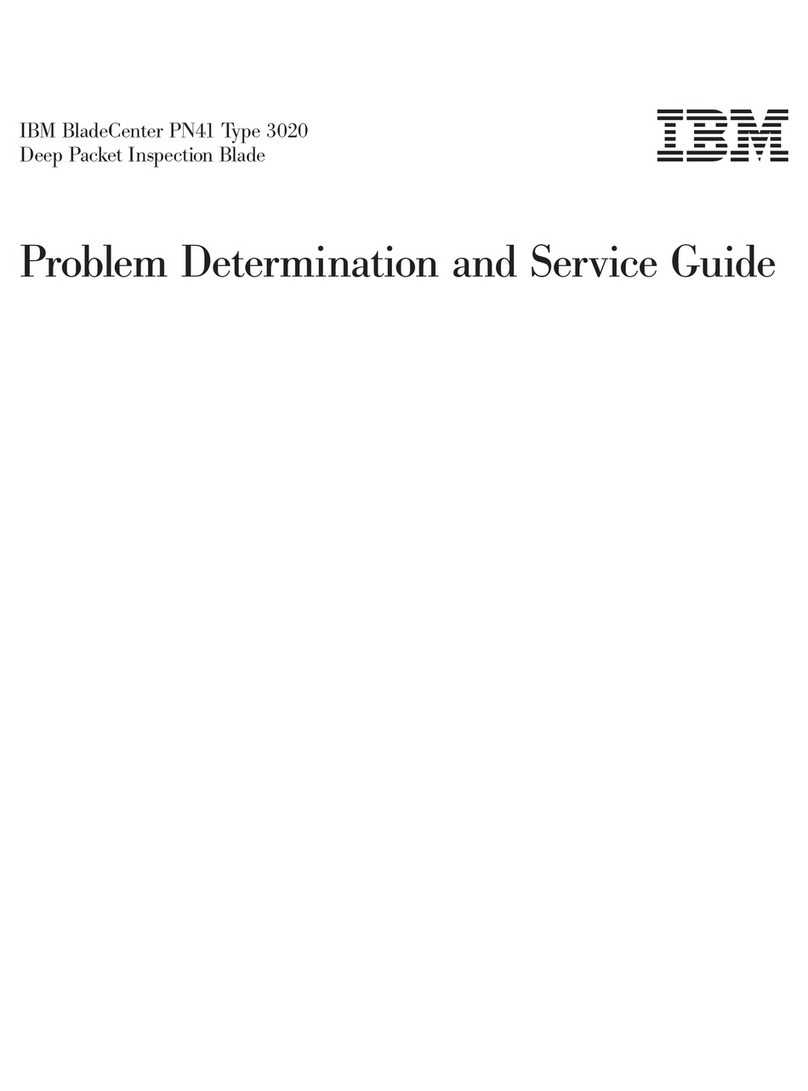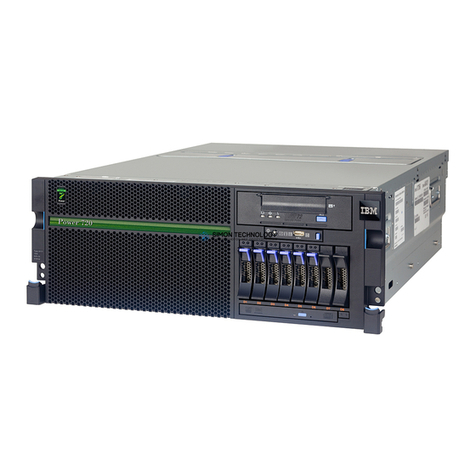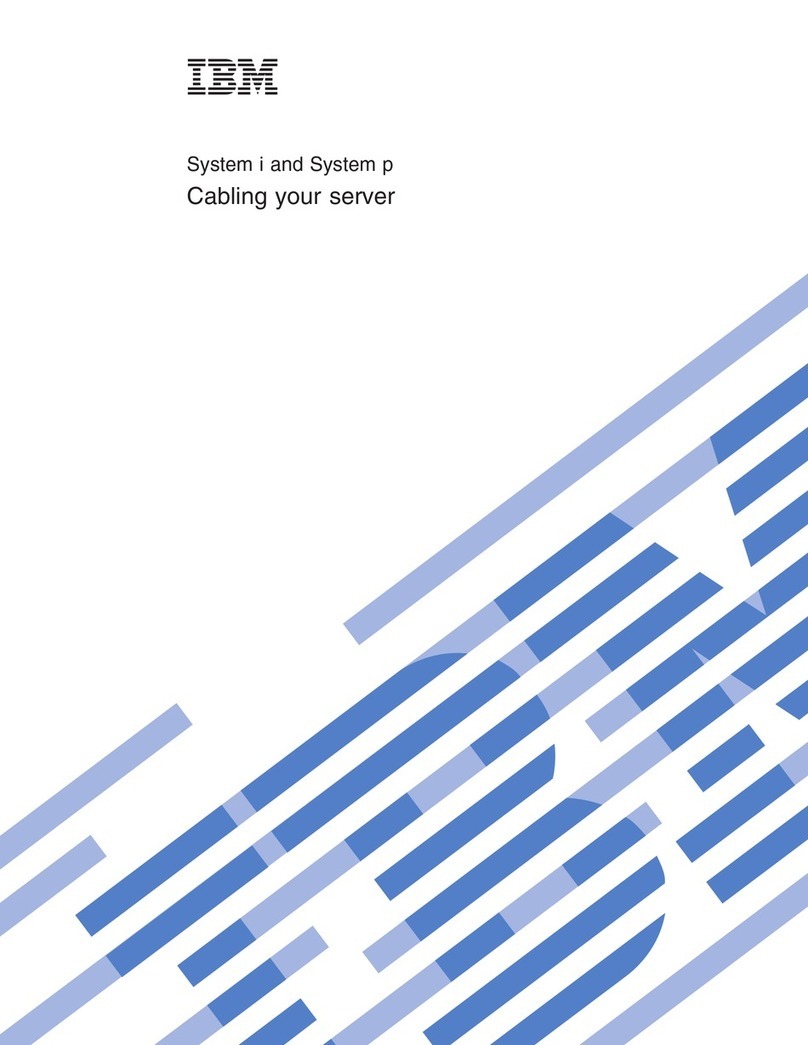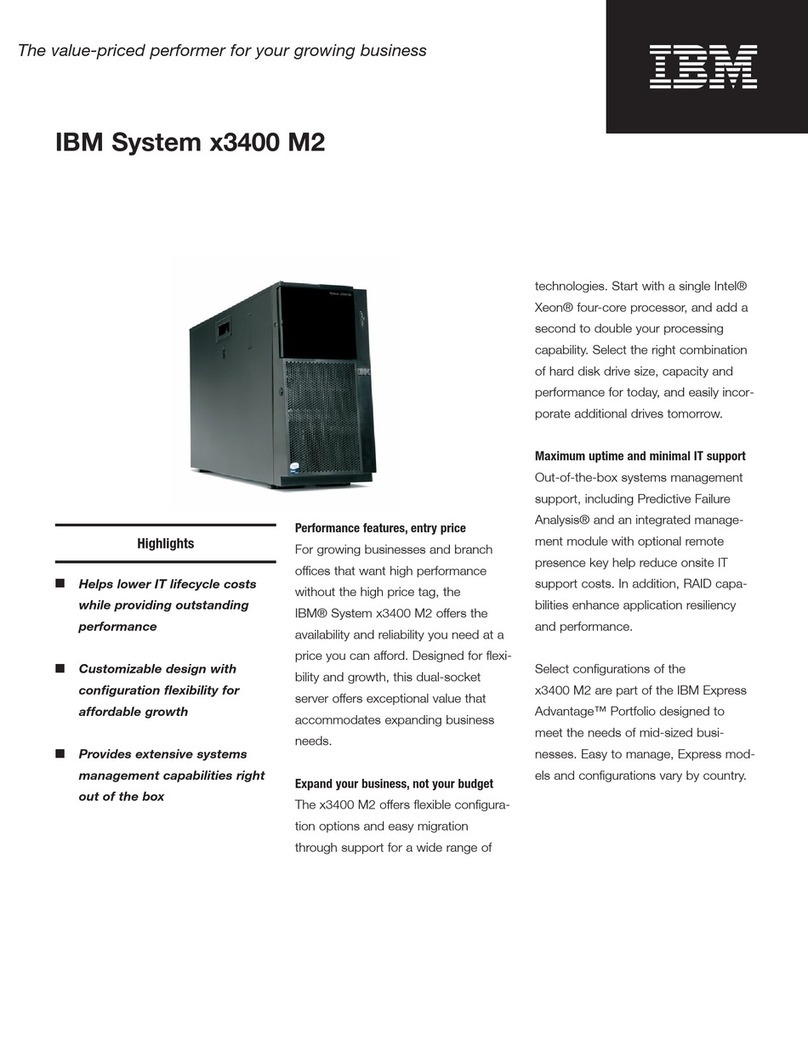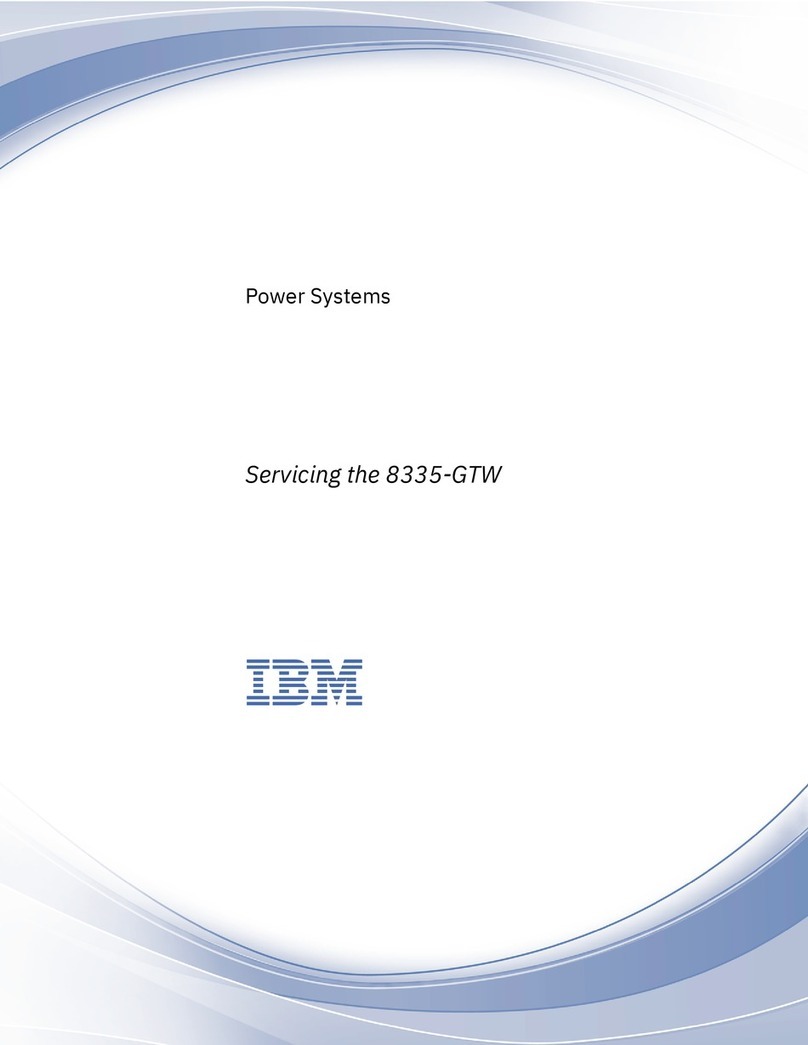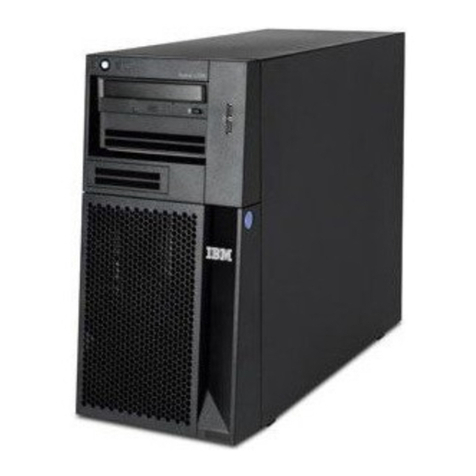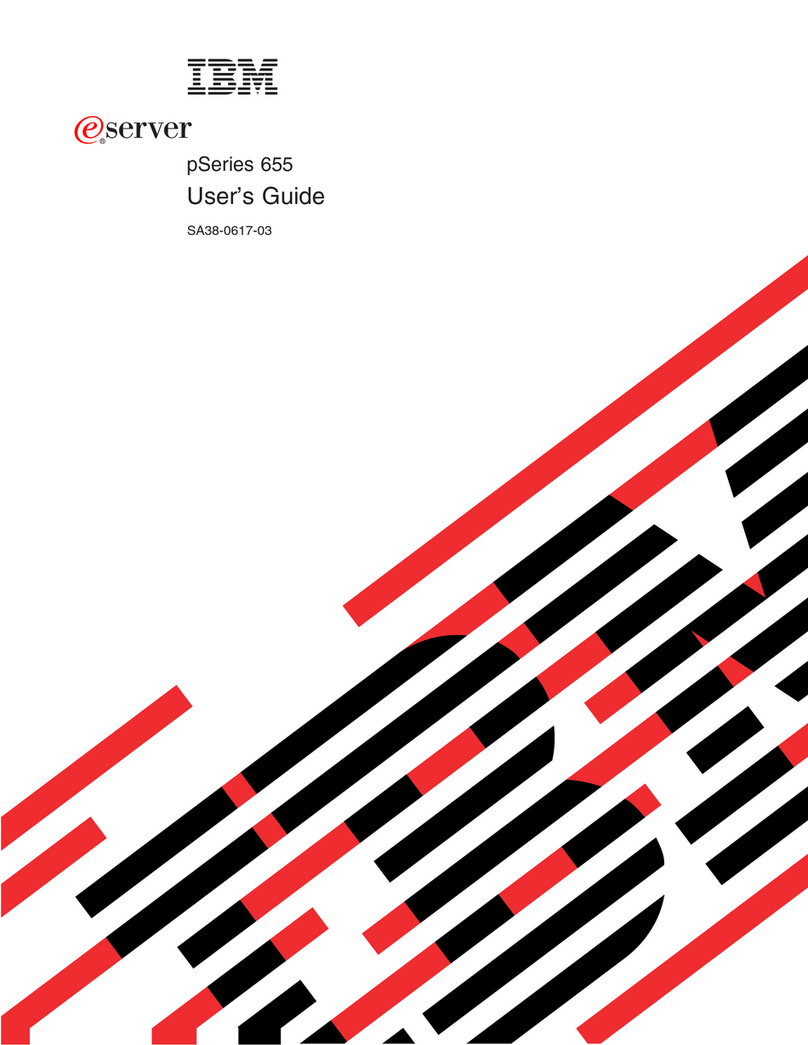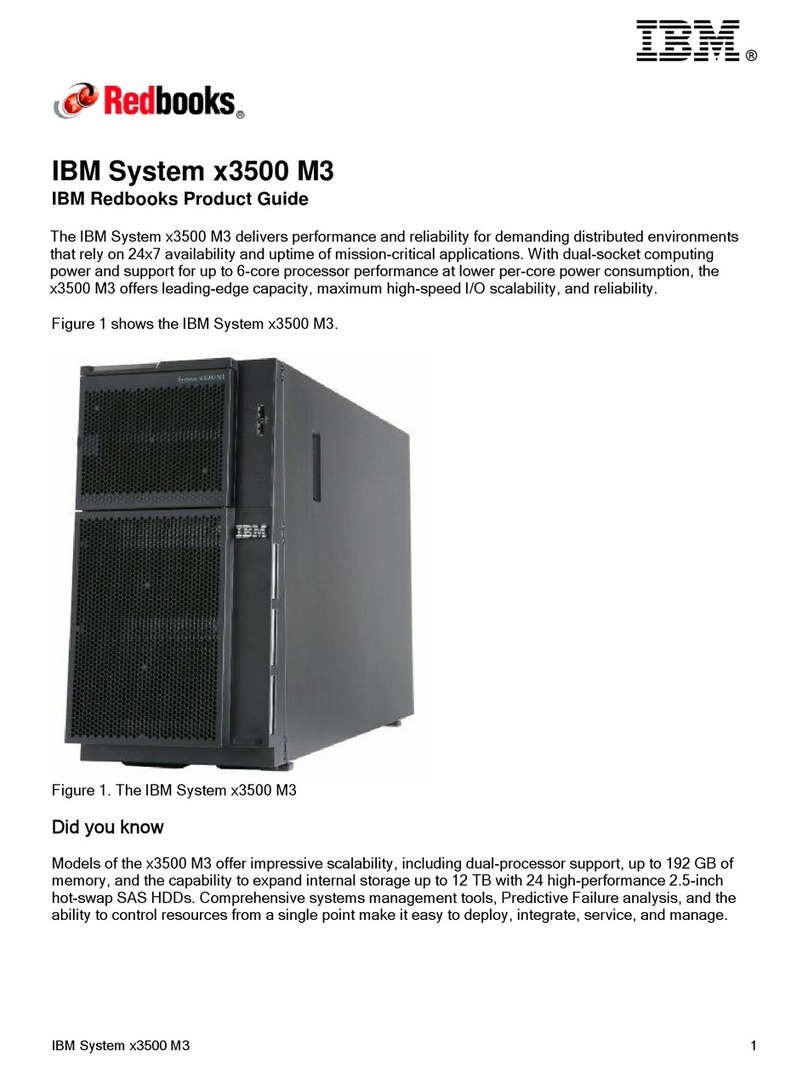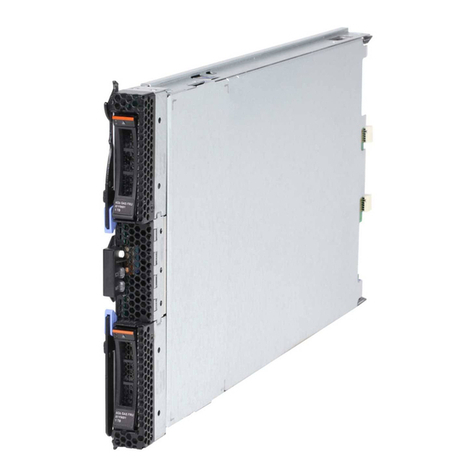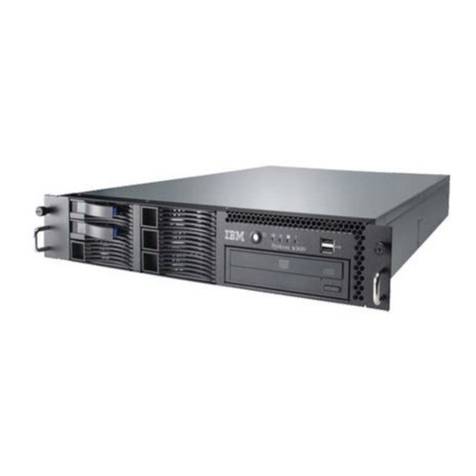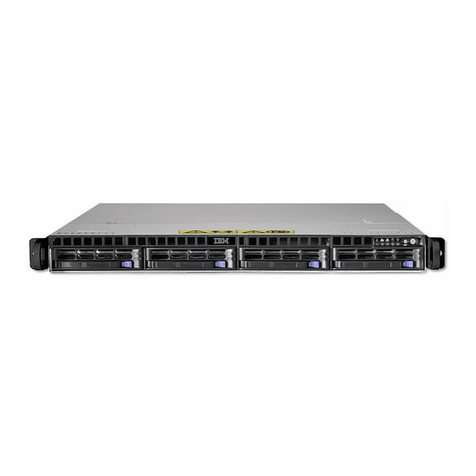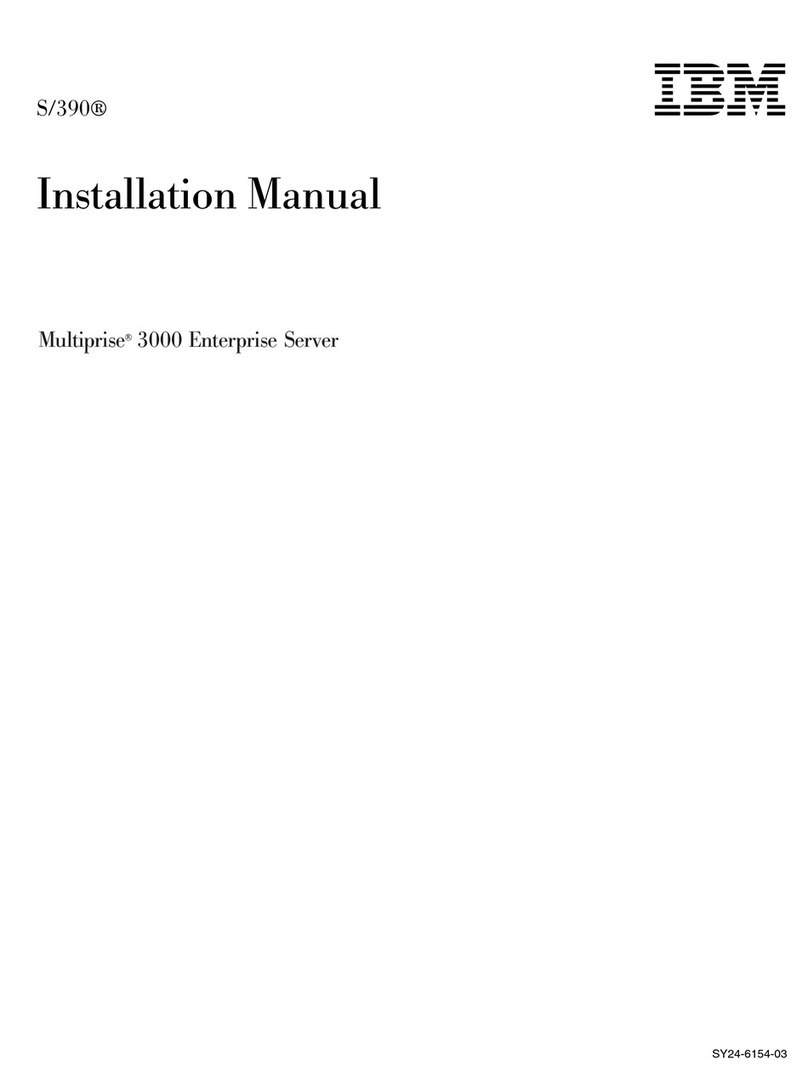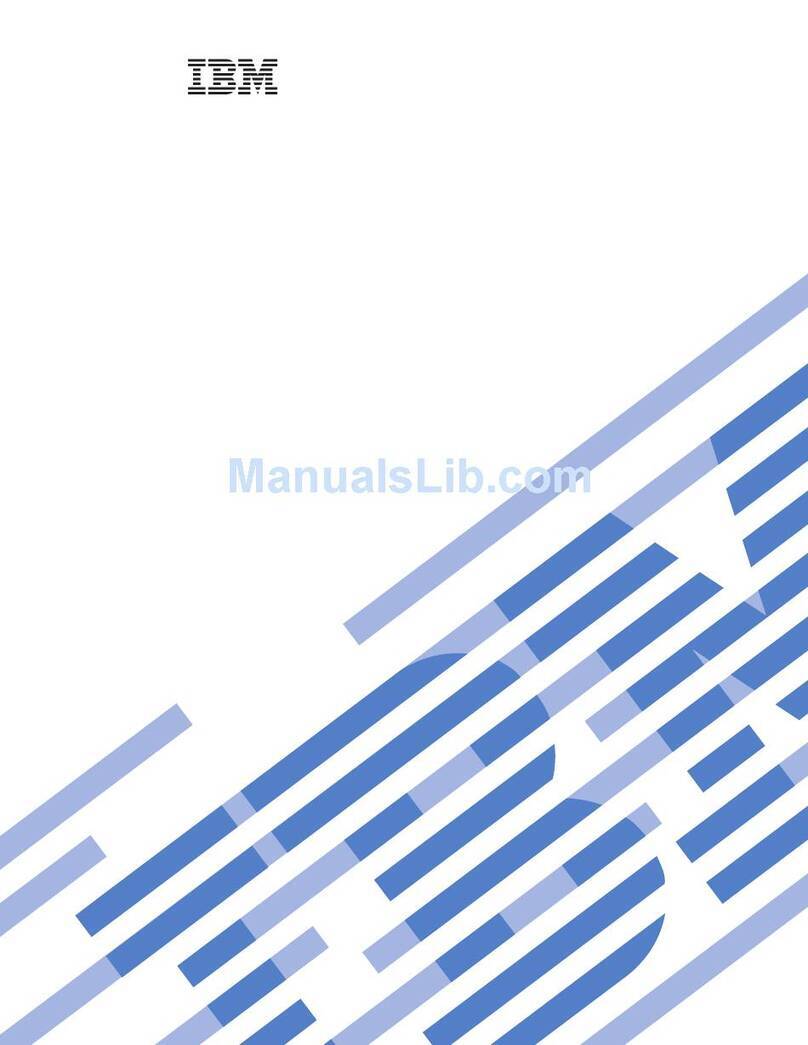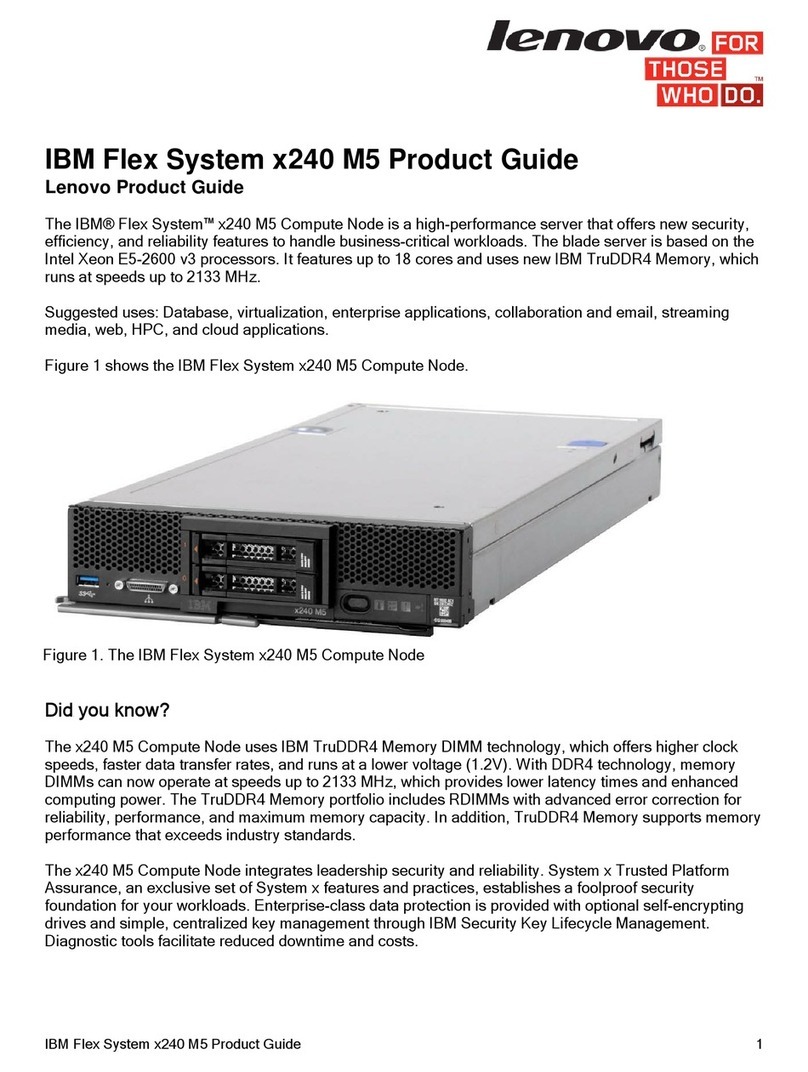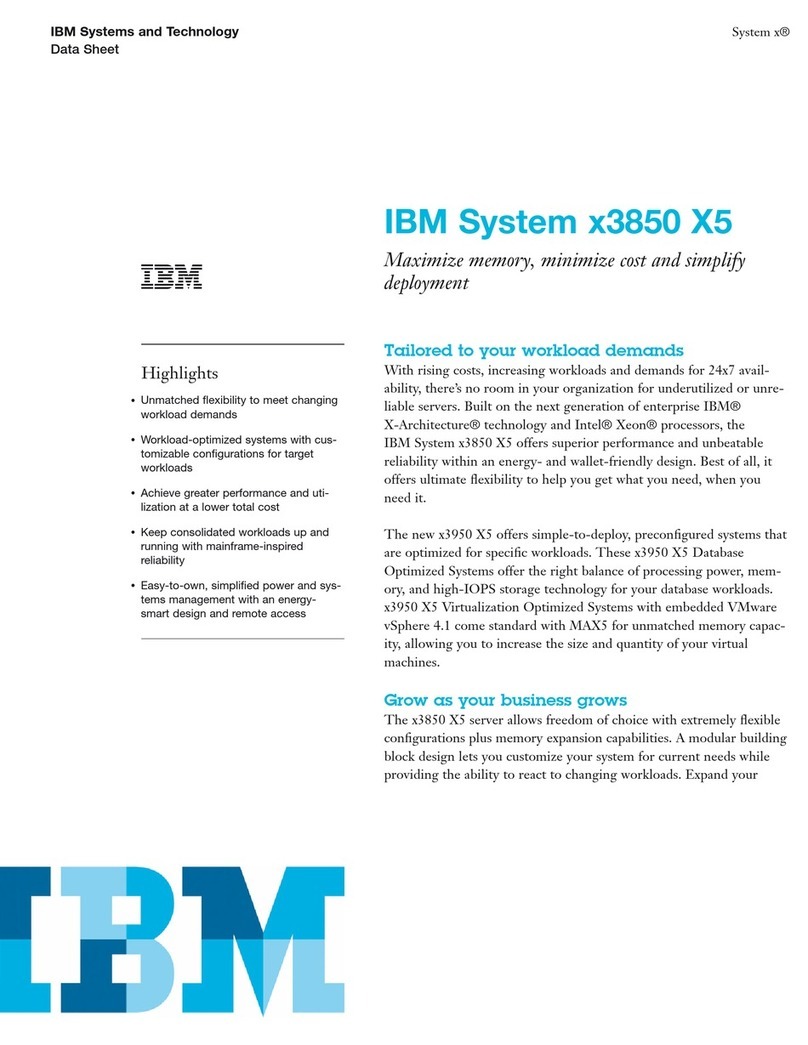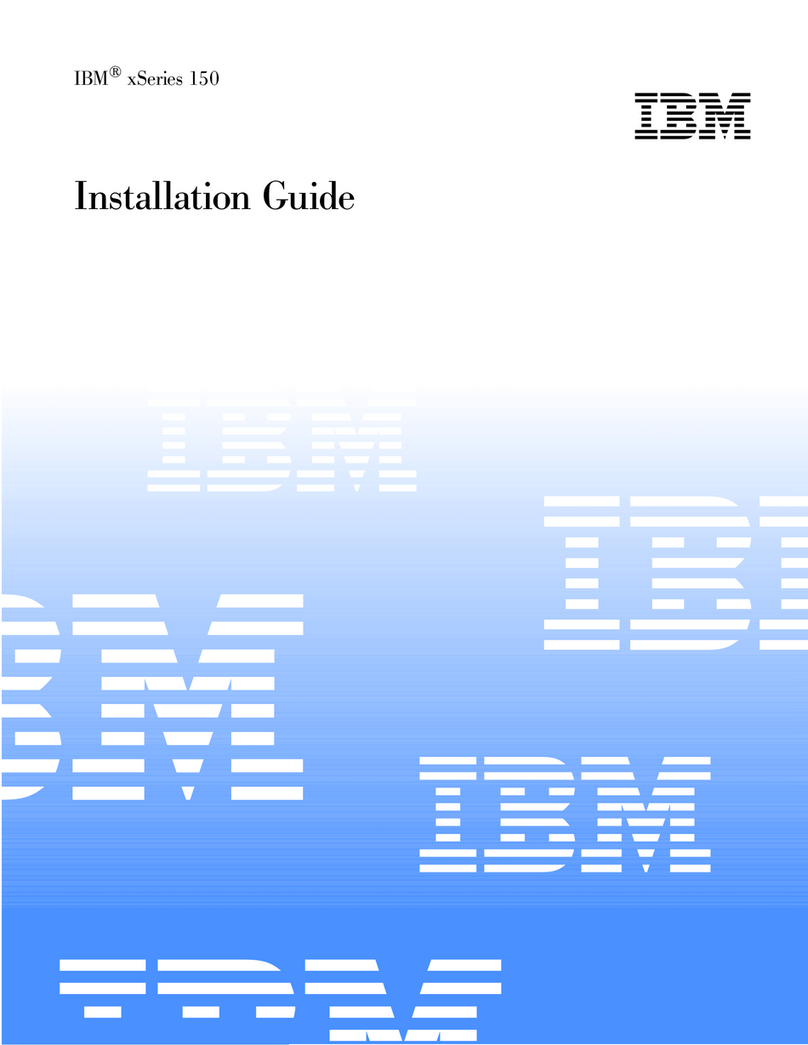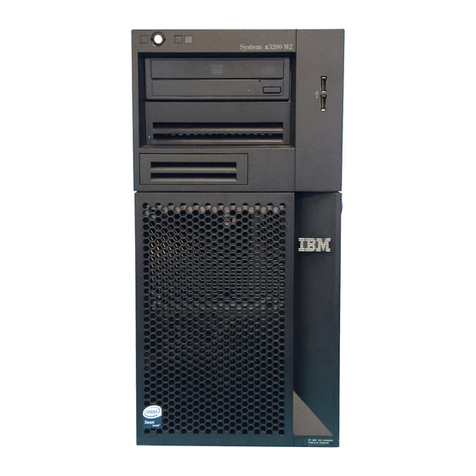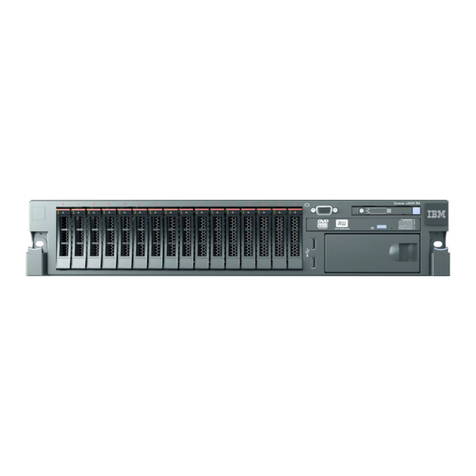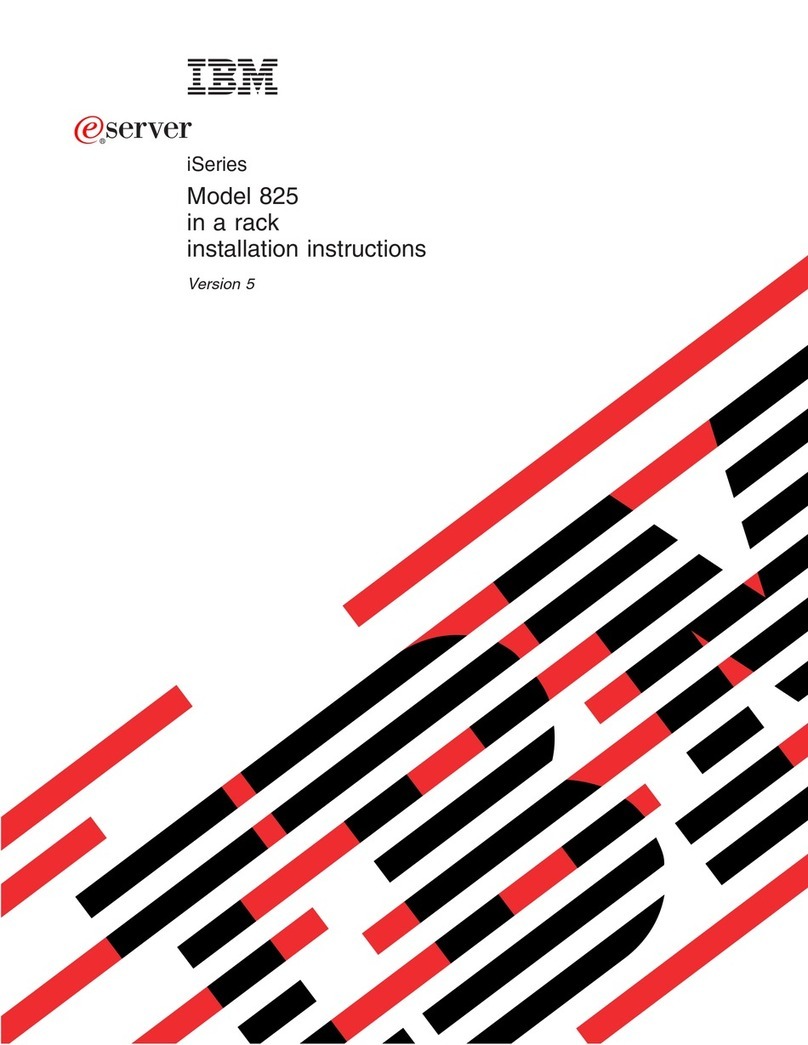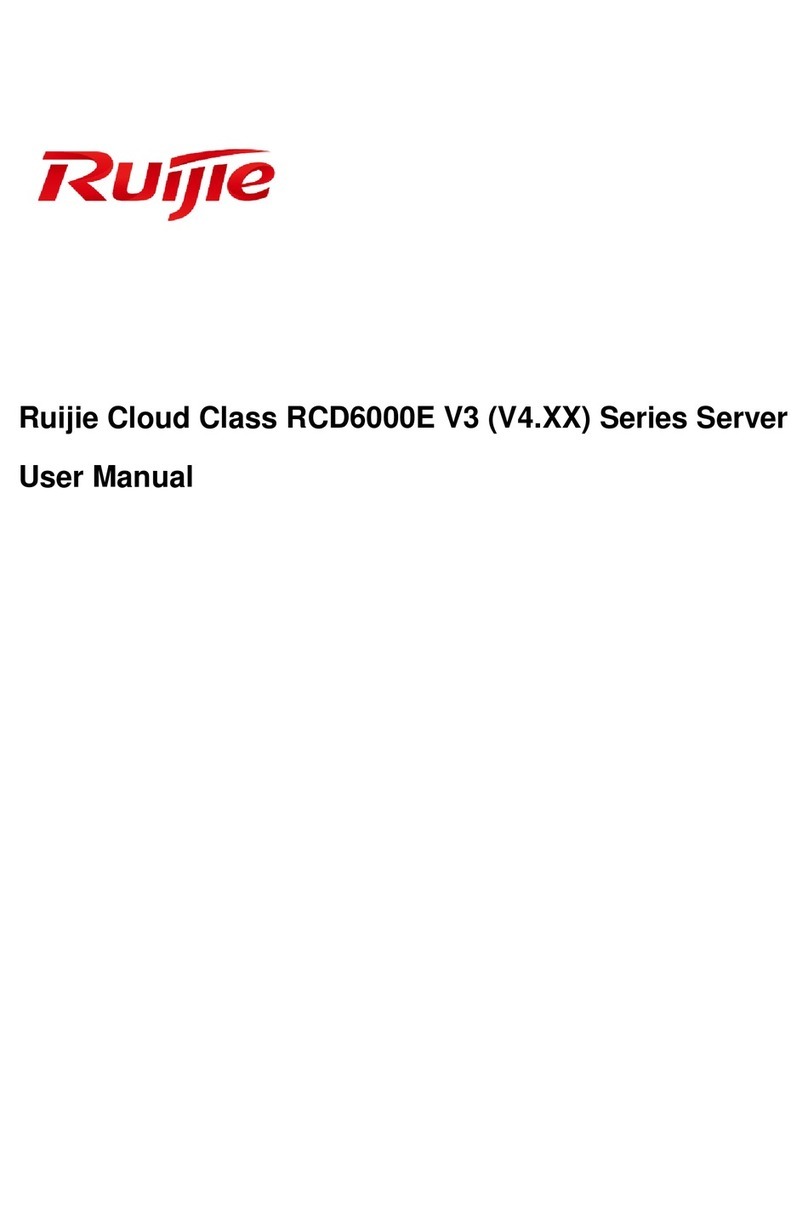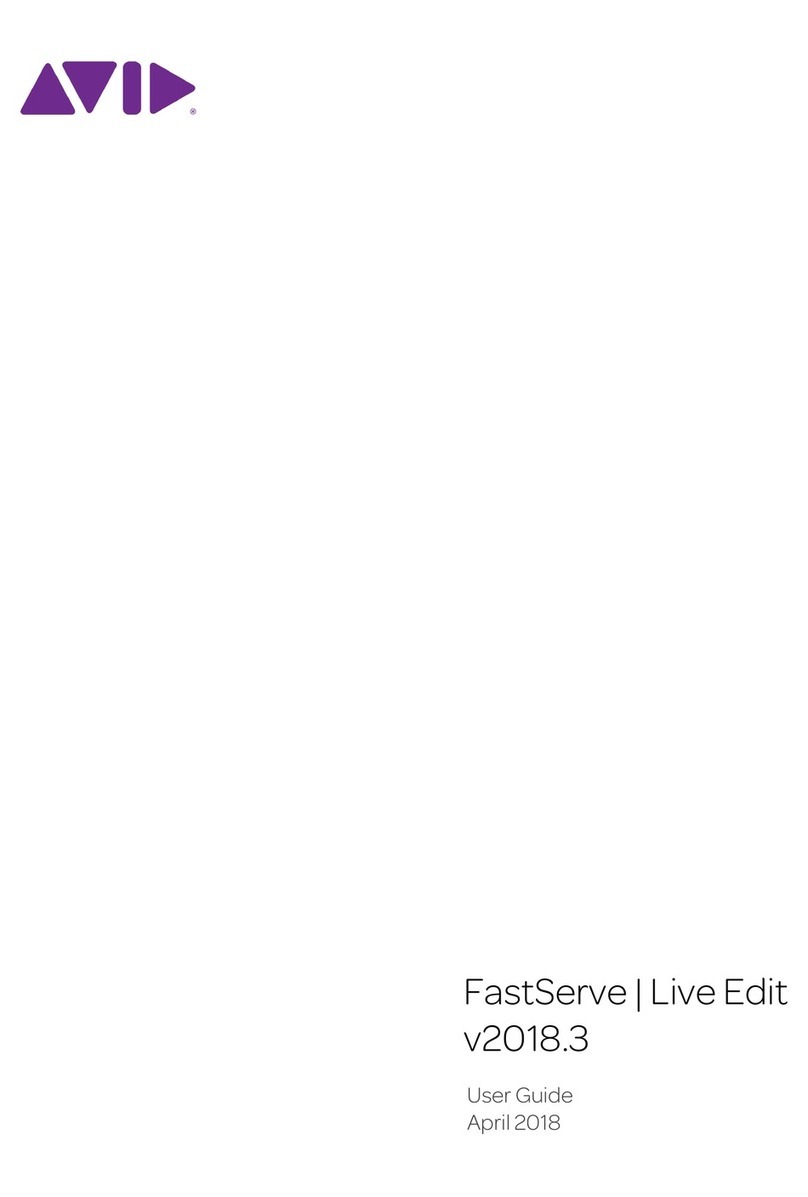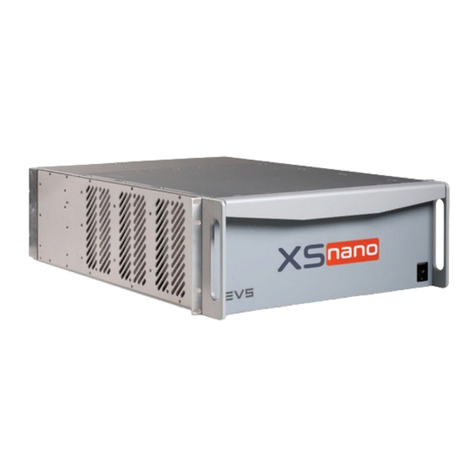
4
All activations can be done without having to interact with
IBM—when it is determined that capacity is required, no
passwords or phone connections are necessary. As long
as the total z10 EC can support the maximums that are
dened, then they can be made available.
A new z10 EC feature now makes it possible to add per-
manent capacity while a temporary capacity is currently
activated, without having to return rst to the original con-
guration.
The activation of On/Off CoD on z10 EC can be simplied
or automated by using z/OS Capacity Provisioning (avail-
able with z/OS® 1.9). This capability enables the monitoring
of multiple systems based on Capacity Provisioning and
Workload Manager (WLM) denitions. When the dened
conditions are met, z/OS can suggest capacity changes
for manual activation from a z/OS console, or the system
can add or remove temporary capacity automatically and
without operator intervention.
Specialty engines offer an attractive alternative
The z10 EC continues to support the use of specialty
engines that can help users expand the use of the main-
frame for new workloads, while helping to lower the cost of
ownership.
The IBM System z10 Integrated Information Processor
(zIIP) works closely with z/OS, which manages and directs
work between CPs and the zIIP. It is designed to free up
general computing capacity and lower overall total cost
of computing for select data and transaction process-
ing workloads for Business Intelligence (BI), Enterprise
Resource Planning (ERP), and Customer Relationship
Management (CRM). The z10 EC also allows IPSec pro-
cessing to take advantage of the zIIP, making the zIIP a
high-speed IPSec protocol processing engine providing
better price performance for IPSec processing. IPSec is
an open networking standard used to create highly secure
connections between two points in an enterprise.
For IBM WebSphere® Application Server and other Java™
technology based solutions the IBM System z10 Applica-
tion Assist Processor (zAAP) offers a specialized engine
that provides a strategic z/OS Java execution environment.
When congured with CPs within logical partitions running
z/OS, zAAPs may help increase general purpose proces-
sor productivity and may contribute to lowering the overall
cost of computing for z/OS Java technology-based appli-
cations. Beginning with z/OS 1.8, z/OS XML System Ser-
vices can also take advantage of zAAPs for cost savings.
z/VM® 5.3 is designed to provide new guest support for
zAAPs and zIIPs and includes:
• Simulation support — z/VM guest virtual machines can
create virtual specialty processors on processor models
that support the same types of specialty processors but
don’t necessarily have them installed. Virtual specialty
processors are dispatched on real CPs. Simulating
specialty processors provides a test platform for z/VM
guests to exploit mixed-processor congurations. This
allows users to assess the operational and CPU utiliza-
tion implications of conguring a z/OS system with zIIP
or zAAP processors without requiring the real specialty
processor hardware. This simulation also supports
z/VM’s continuing role as a disaster-recovery platform,
since a virtual conguration can be dened to match the
real hardware conguration even when real zIIP or zAAP
processors are not available on the recovery system
zIIPs can be simulated only on System z10 EC, IBM
System z9® Enterprise Class (z9™ EC) and IBM System
z9 Business Class (z9 BC) servers. zAAPs can be
simulated only on z10 EC, z9 EC, z9 BC, IBM eServer™
zSeries® 990 (z990), and IBM eServer zSeries 890
(z890) servers.
• Virtualization support — z/VM can create virtual spe-
cialty processors for virtual machines by dispatching the
virtual processors on corresponding specialty proces-
sors of the same type in the real conguration. Guest
support for zAAPs and zIIPs may help improve your total
cost of ownership by allowing available zAAP and zIIP
